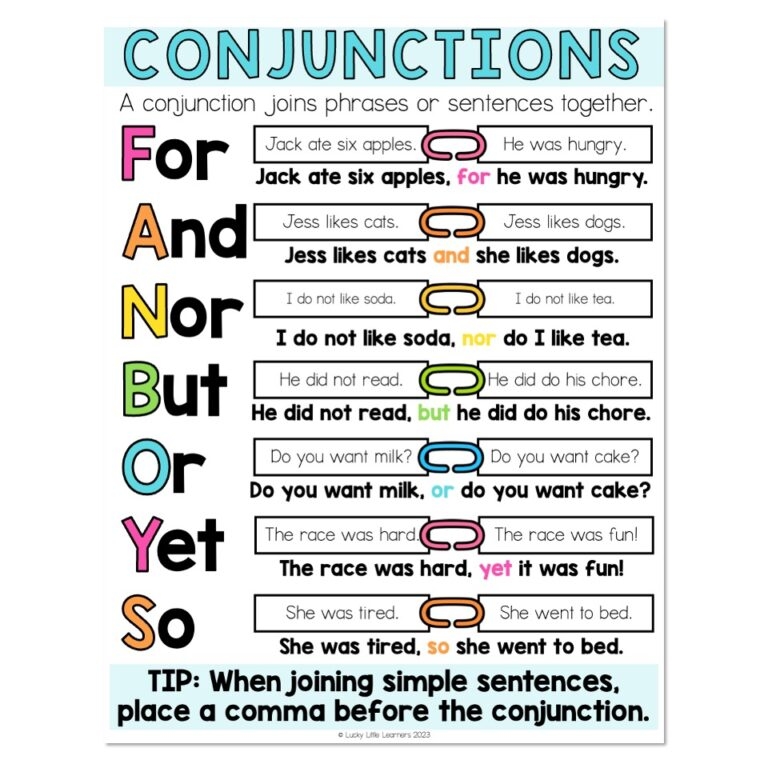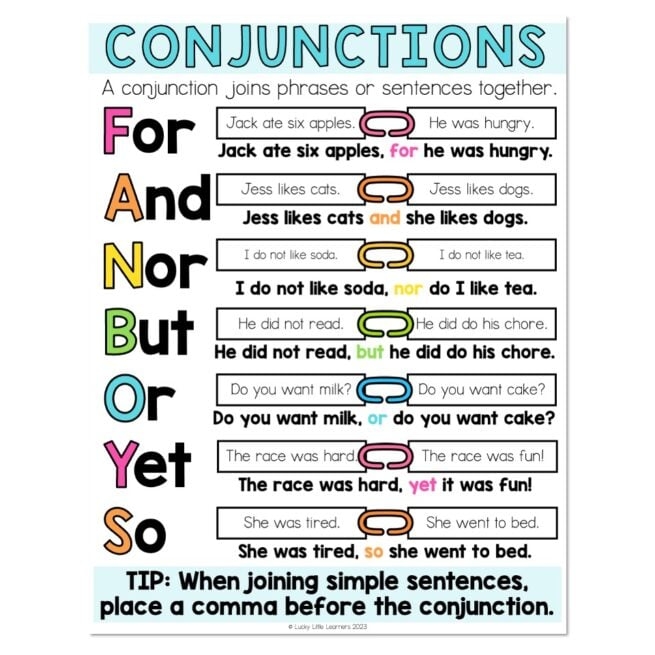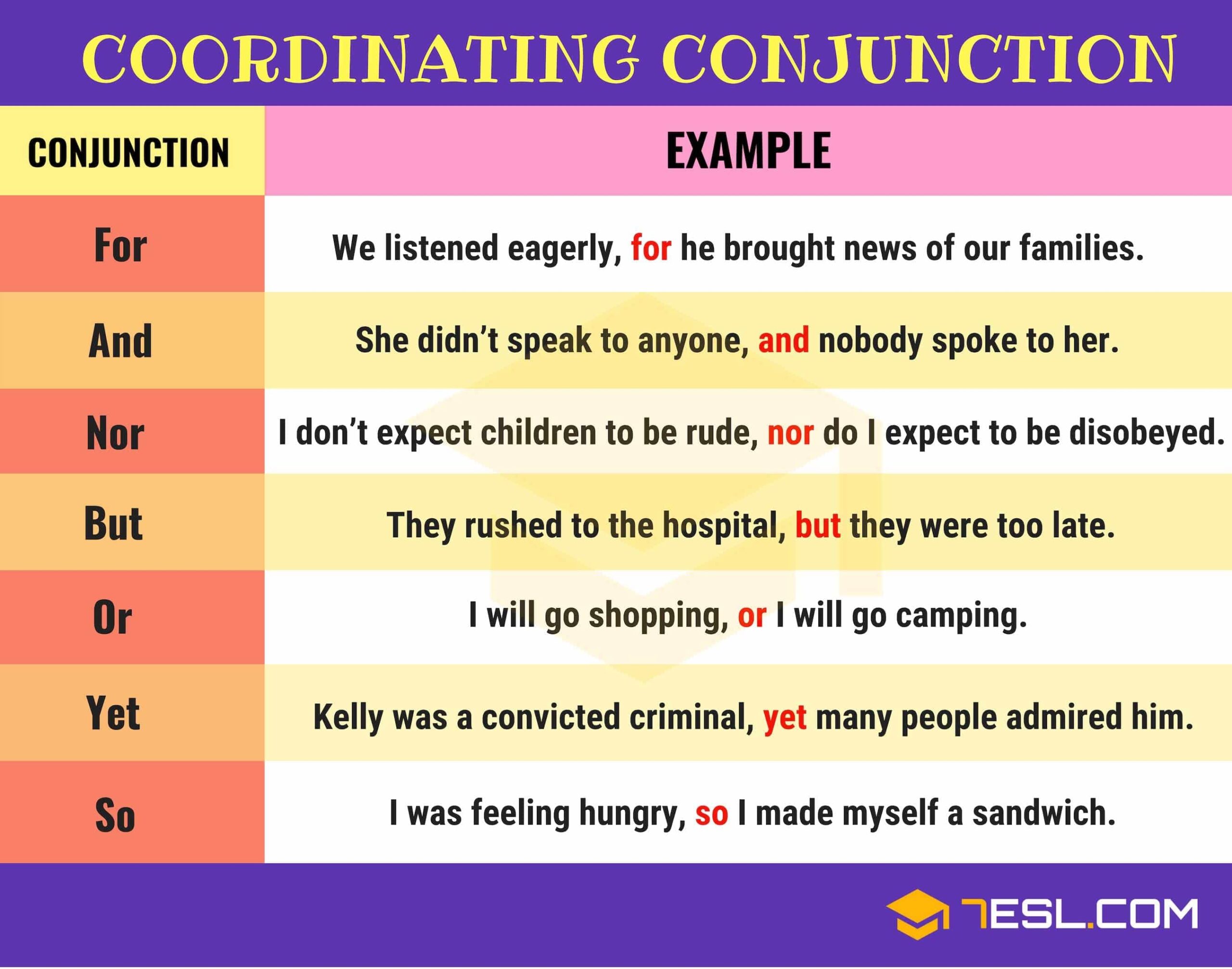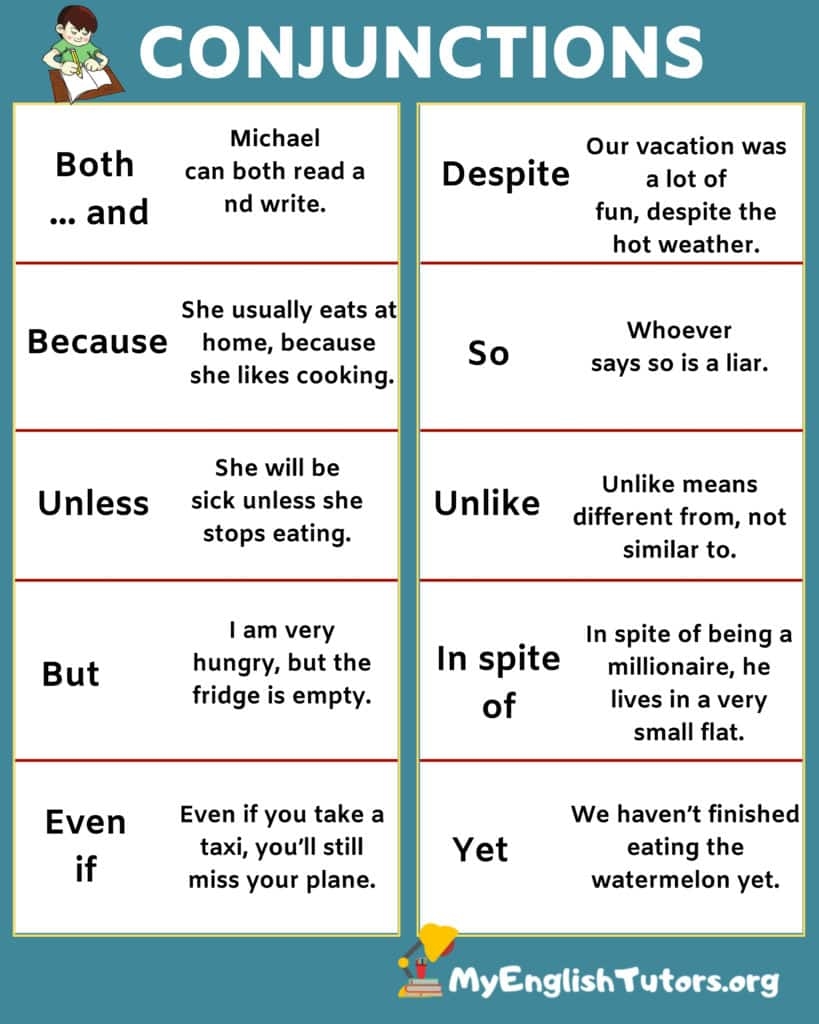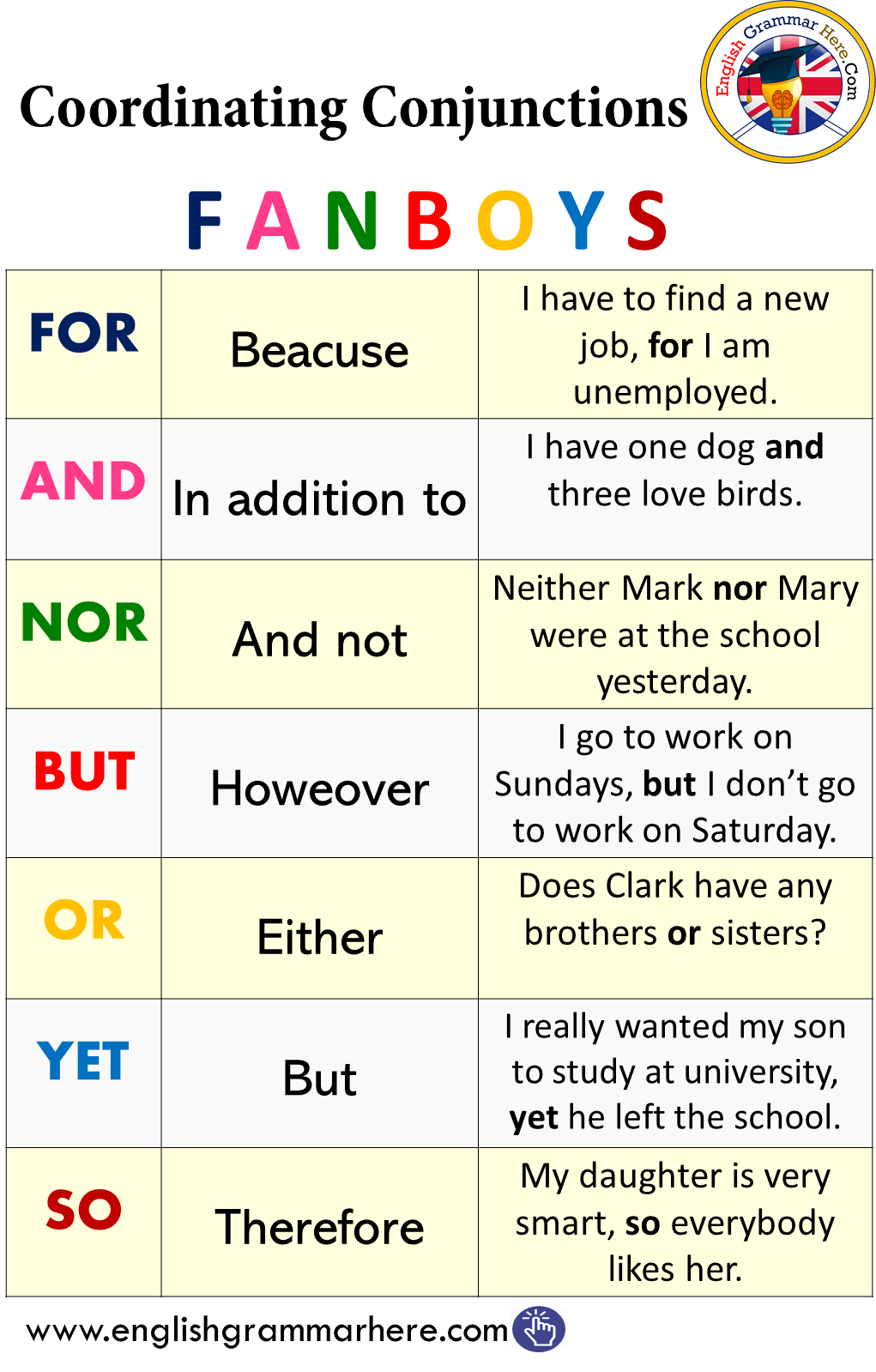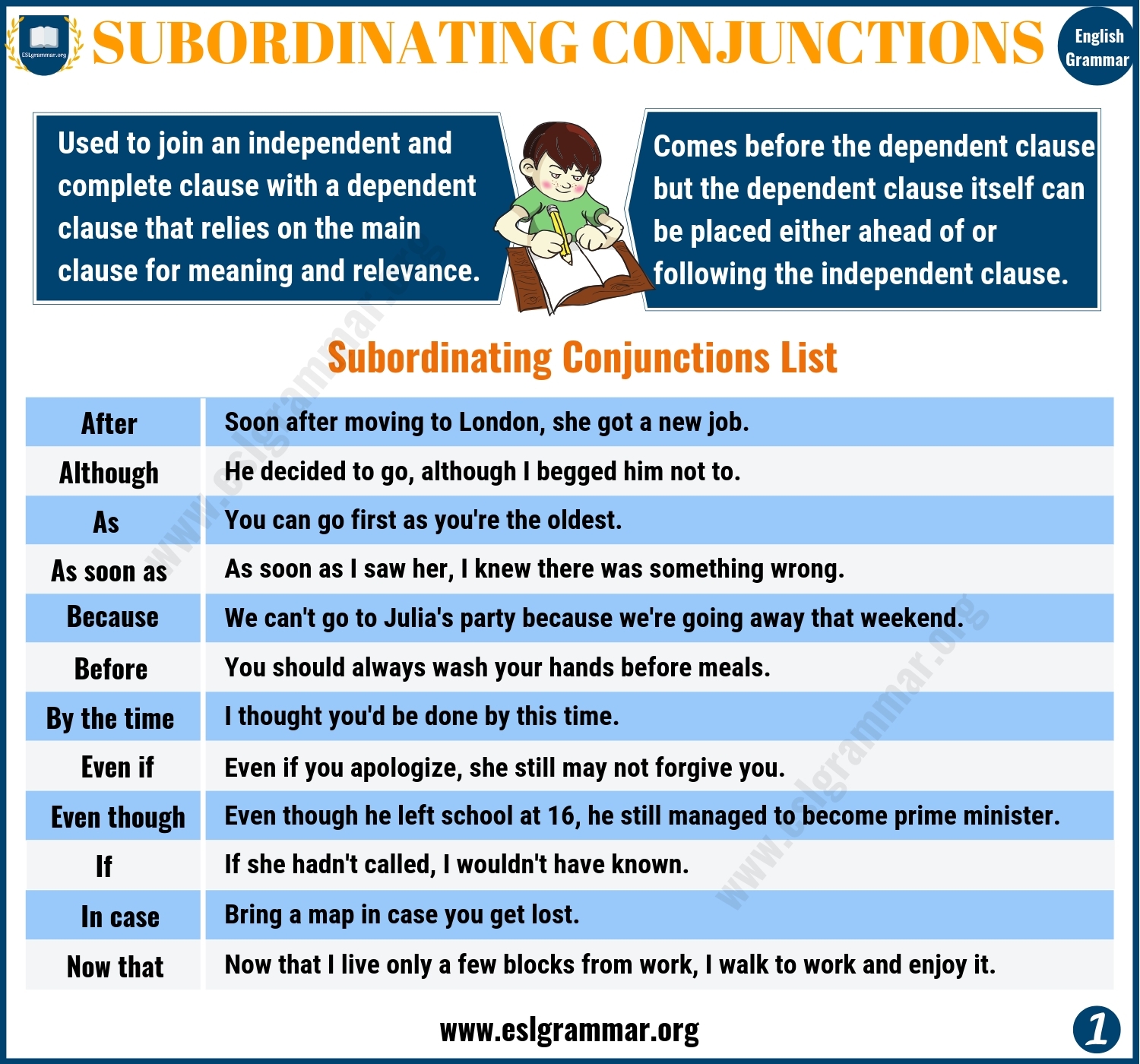Rules for Using Conjunctions
Conjunctions are essential parts of speech that connect words, phrases, or clauses in a sentence. They are used to join ideas and make the text flow smoothly. Understanding the rules for using conjunctions can help improve the clarity and coherence of your writing.
There are different types of conjunctions, such as coordinating conjunctions, subordinating conjunctions, and correlative conjunctions. Each type serves a specific purpose in connecting parts of a sentence. It is important to use conjunctions correctly to avoid confusion and ensure the message is conveyed effectively.
Rules for Using Conjunctions
1. Use coordinating conjunctions to connect independent clauses. Coordinating conjunctions include words like “and,” “but,” “or,” “nor,” “for,” “so,” and “yet.” They are used to join words, phrases, or clauses of equal importance in a sentence.
2. Use subordinating conjunctions to connect dependent clauses to independent clauses. Subordinating conjunctions introduce dependent clauses that cannot stand alone as complete sentences. Common subordinating conjunctions include “although,” “because,” “if,” “since,” and “while.”
3. Use correlative conjunctions to join elements in a sentence that are of equal importance. Correlative conjunctions come in pairs, such as “either…or,” “neither…nor,” “both…and,” “not only…but also,” and “whether…or.” These conjunctions help establish a balance between two related ideas.
4. Avoid using conjunctions excessively in a sentence. Overusing conjunctions can make the text repetitive and cumbersome to read. Use conjunctions sparingly and strategically to maintain the flow and coherence of your writing.
In conclusion, mastering the rules for using conjunctions is crucial for effective communication in writing. By following these guidelines, you can enhance the clarity and structure of your sentences. Remember to use coordinating, subordinating, and correlative conjunctions appropriately to create well-constructed and cohesive text.
